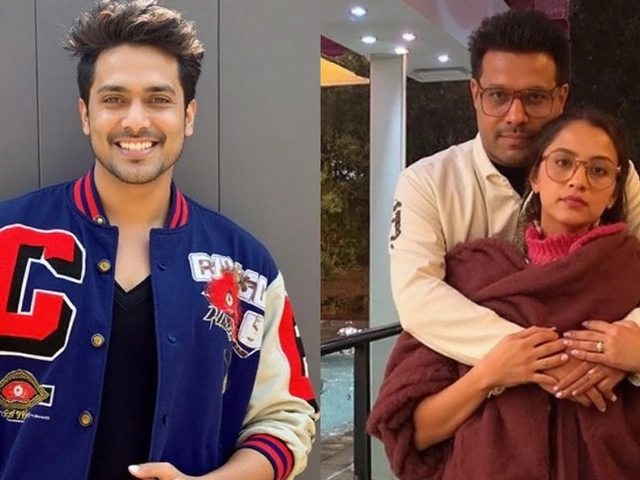How Indian Media Houses Report the Same News
Ever wondered why two TV channels can tell you the exact same event but feel totally different? It’s not a glitch – it’s how newsroom choices shape the story. In India, the diversity of language, audience, and editorial policy means every outlet puts its own spin on the facts.
Why the Tone Changes
First, think about tone. A channel that targets a younger, urban crowd might use punchy headlines and emojis in social posts, while a regional newspaper sticks to a formal, measured style. That shift in tone alone can make a story feel urgent or calm, influencing how seriously you take it. It’s not about lying; it’s about matching the vibe your audience expects.
Sources, Language, and Angles
Next, look at the sources they quote. One outlet may lean on government officials, another on opposition leaders, and a third on independent experts. The choice of source colors the narrative – a pro‑government quote can soften criticism, while an activist’s comment can heighten tension. Language matters too. English‑language dailies often use neutral terms, whereas vernacular papers might sprinkle local idioms that resonate more deeply with readers.
These variations aren’t random. Media houses have an ethical duty to be accurate, but they also have business goals: higher ratings, more clicks, stronger brand identity. That’s why you’ll see some sensationalizing a story with dramatic music and bold graphics, while others stick to a plain‑spoken report that simply states the facts.
For the everyday reader, the key is to spot these patterns. Ask yourself: Who is being quoted? What words are used to describe the event? Is the story framed as a problem, a solution, or a debate? Spotting these clues helps you cut through the noise and get closer to the truth.
If you’re curious about a specific example, check out the post titled “How do different Indian media houses report the same news?” It breaks down real headlines, points out differences in language, and shows how each outlet’s angle can shift public perception. Reading that analysis alongside the original news piece gives you a side‑by‑side comparison that’s eye‑opening.
In short, different Indian media houses report the same news with varied tones, sources, and language choices. Those differences shape how the story lands with you, the reader. By staying aware of these tactics, you can read smarter, not just faster.
How do different Indian media houses report the same news?
The way different Indian media houses report the same news can vary significantly. For example, one media house may report the news factually and as objectively as possible, while another may sensationalize the news to draw in more viewers. Additionally, there can be differences in the language used, the type of sources quoted, and the overall tone of the report. Ultimately, these variations can have a major impact on how readers interpret the news and the lasting effects it has on the public. Ultimately, media houses have an ethical responsibility to report news accurately and fairly, no matter their perspective.






